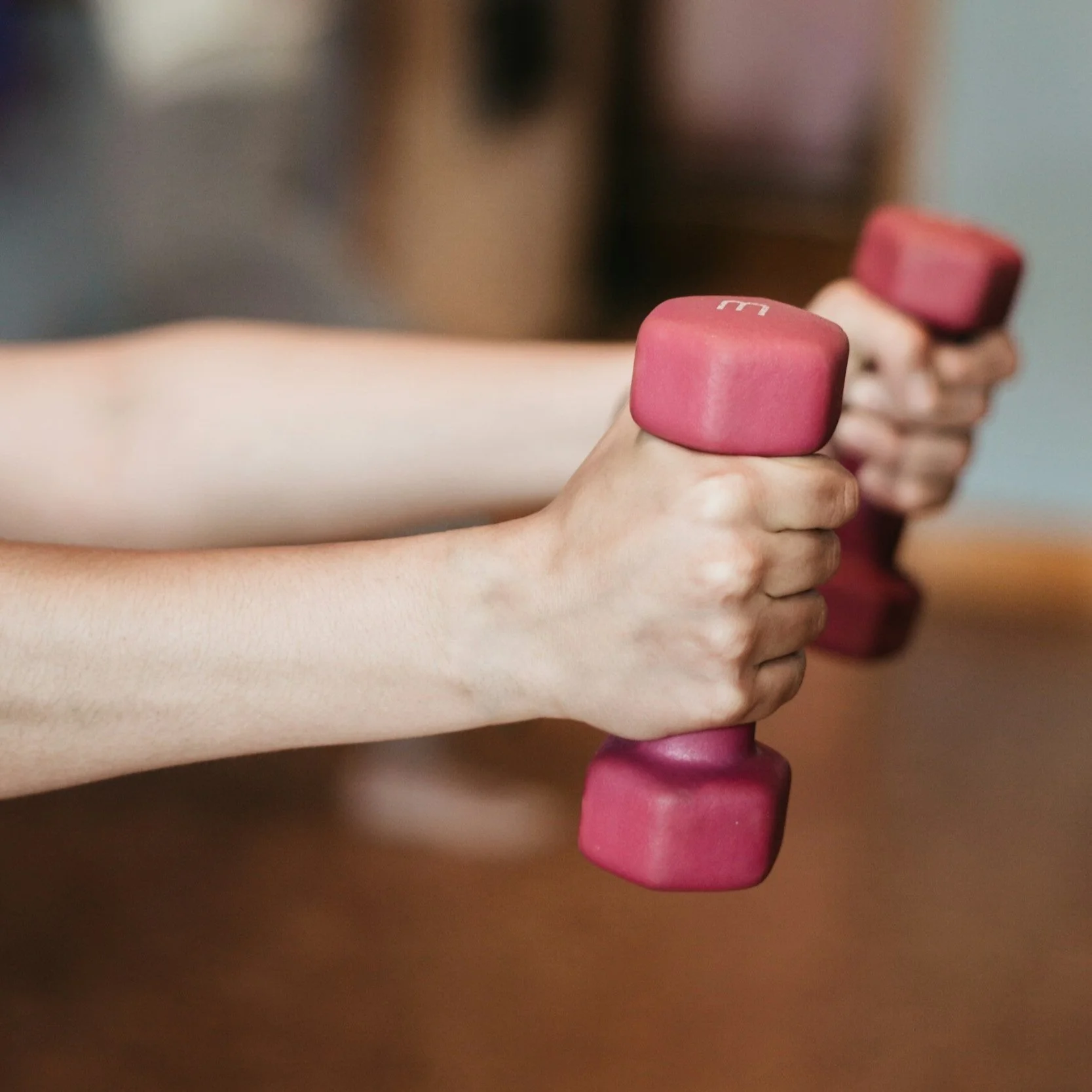Build Strong Bones: 5 Essential Exercises for Bone Health
Maintaining strong bones is crucial, especially as we age. Whether you're looking to prevent osteoporosis, have been diagnosed with low bone density, or just want to support your bone health, the right exercises can make a significant difference. Regular weight-bearing and resistance exercises help stimulate bone growth and maintain bone density. Here’s a look at five key exercises that can help you end the year with stronger, healthier bones.
Why Exercise Matters for Bone Health
Bones are living tissues that respond to exercise by growing stronger. As we age, bone density naturally decreases, which can increase the risk of fractures and osteoporosis. The good news is that you can be proactive with regular physical activity. Research shows that certain exercises not only help maintain bone density but can also help rebuild it over time. Incorporating the right exercises into your routine is important for your bone health.
5 Exercises to Help Strengthen Your Bones
1. Brisk Walking or Hikes
Weight-bearing exercises like walking or hiking are simple yet effective ways to stimulate bone growth, especially in the legs and spine. The impact from each step signals your bones to strengthen. Try to aim for at least 30 minutes, most days of the week. To boost the challenge, opt for uneven surfaces like trails or add a light backpack for extra resistance.
2. Strength Training with Resistance Bands or Weights
Strength training helps build muscle mass, which in turn supports bone strength. Focus on exercises that target major muscle groups, like squats, lunges, and bicep curls. Using free weights, resistance bands, or even your own body weight can help build bone density. Aim for 2-3 sessions per week, allowing a day for rest between workouts.
3. Balance Exercises: Standing Heel Raises
Balance training is essential for reducing the risk of falls, which can be especially dangerous for those with osteoporosis. A simple but effective balance exercise is the standing heel raise. Hold onto a sturdy chair or counter, then lift your heels off the ground, coming onto your toes. Slowly lower back down. This exercise strengthens the calves and improves your balance. Aim for 2 sets of 10-15 repetitions.
4. Core Strengthening: Bird-Dog
Core exercises are important for supporting your spine and maintaining stability during daily activities. The bird-dog exercise targets the deep core muscles while also engaging the back and glutes. Start on all fours, extend one arm forward and the opposite leg back, keeping your spine neutral. Hold for a few seconds, then switch sides. Aim for 10 repetitions per side. A strong core helps to prevent falls and supports your overall posture.
5. Posture Exercises: Seated Rowing
Incorporate seated rowing into your workout 2-3 times per week, especially if you spend a lot of time sitting or working at a desk. Aim for 2 sets of 10 repetitions.
Incorporating These Exercises into Your Routine
Consistency is key when it comes to improving bone health. You don’t have to do all these exercises every day, but try to mix them into your weekly routine to target different areas of your body and keep your bones stimulated. Remember, a well-rounded exercise plan that includes weight-bearing, strength, balance, and posture exercises can have a big impact on your bone density over time.
Ready for Stronger Bones? Join Our 10-Week Strong Bones Program!
Kickstart 2025 with Our 10-Week Strong Bones Program! Led by an experienced physiotherapist, our evidence-based program is designed to build bone strength, improve stability, and boost your confidence. With tailored exercises, a personalised approach, and a supportive environment, this program is your step toward long-term health and resilience.
Join us this February and take the first step toward a stronger, healthier you! Read more about it here
Disclaimer
This blog is intended for informational purposes only and should not replace professional medical advice. Always consult a healthcare provider (like us) before starting any new exercise program, especially if you have osteoporosis or other health concerns.





